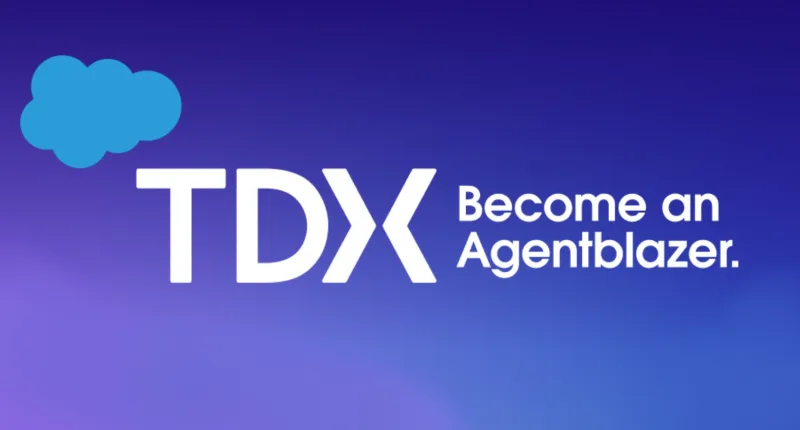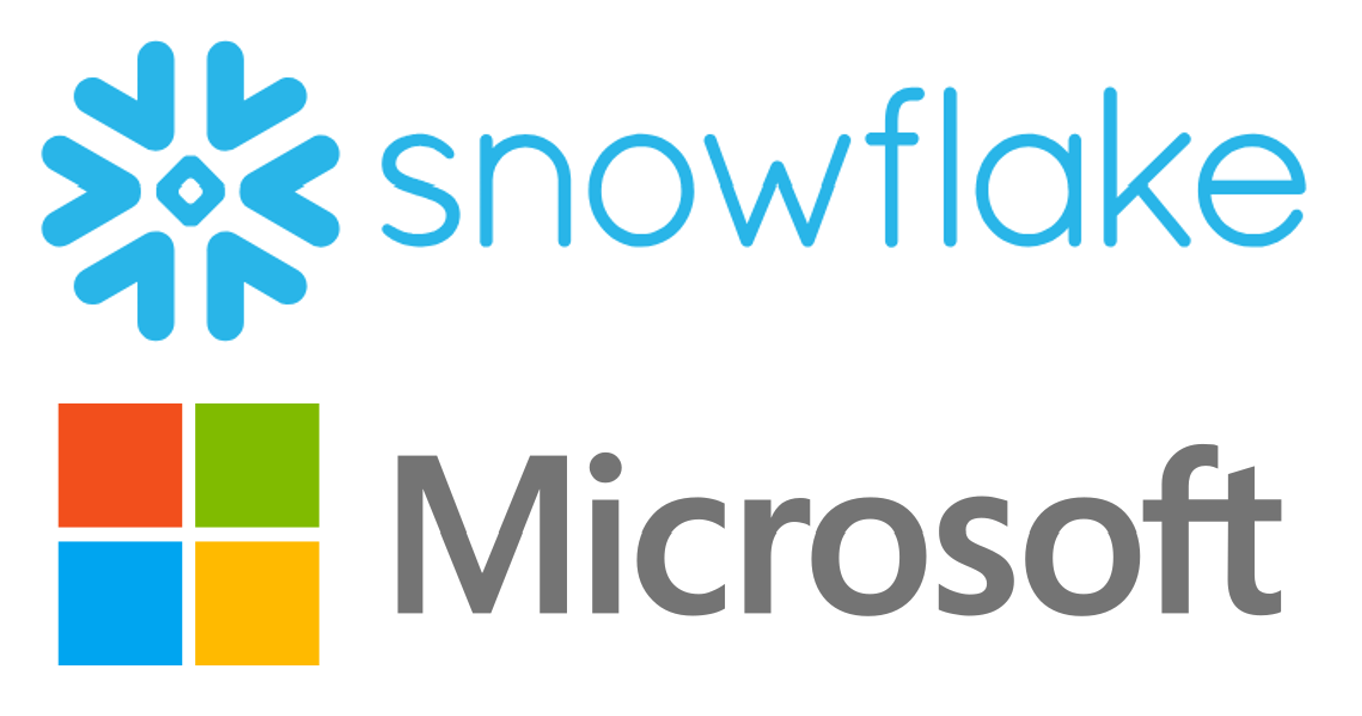Embracing the power of the data cloud is crucial for businesses eager to stay ahead. As organizations look to modernize ...
DataTools Blog: Uncategorized
Agentic Brew: A Buzzed Neural Net’s Perfect Pint
Posted on March 15, 2025 | BY Ryan Goodman
Agentic Brew started when we moved into DataTools Pro industrial space next to Citizen Brewers, a rebellious craft brewery and ...
DataTools Spotlight: Datameer is our Snowflake Tool of Choice
Posted on March 09, 2025 | BY Ryan Goodman
For this month’s DataTools spotlight, I wanted to share my long time favorite for Snowflake tool, Datameer. Years ago, I ...
TDX 2025: Salesforce Agentforce Gathering Recap
Posted on March 08, 2025 | BY Ryan Goodman
This week, I went to Salesforce TDX 2025 in San Francisco to network and learn more about Agentforce. “AI Agents” ...
New Azure DataFactory template makes Salesforce to Snowflake Pipelines fast and cost-effective
Posted on December 04, 2024 | BY Ryan Goodman
We built our free Azure DataFactory template to help you build your data pipelines from Salesforce to Snowflake in 5-30 ...
Snowflake and Microsoft Expand their Data and AI Partnership
Posted on June 26, 2023 | BY Ryan Goodman
Bolstering the relationship between two tech powerhouses, Snowflake and Microsoft, announced a press release at Snowflake Summit 2023 that promises ...
3 Common Salesforce.com Data Migration Issues to Avoid
Posted on December 25, 2022 | BY Ryan Goodman
Data migration can be a complex process, especially when moving to a new system like Salesforce.com. In this article, we’ll ...
Salesforce Data Migration Tool Review
Posted on November 01, 2022 | BY Ryan Goodman
Workbench: Great for Salesforce Data Migration Workbench for Salesforce.com is a very useful free that offers the most functionality for ...
Punch Well Above your Weight with Analytics as Service
Posted on September 18, 2022 | BY Ryan Goodman
My success running data and analytics at Reliant Funding is based on the following 4 principles: Read More on my ...









